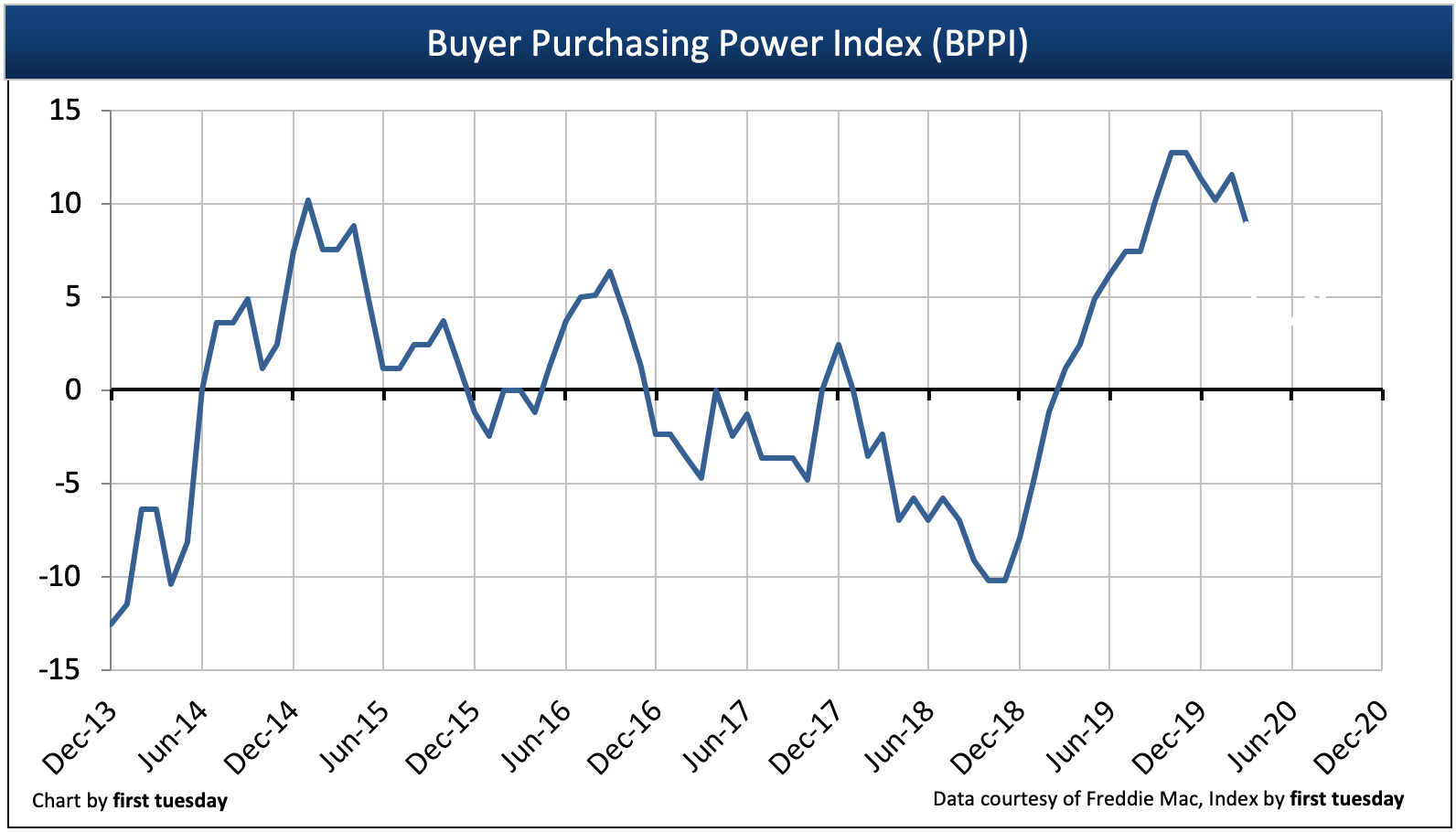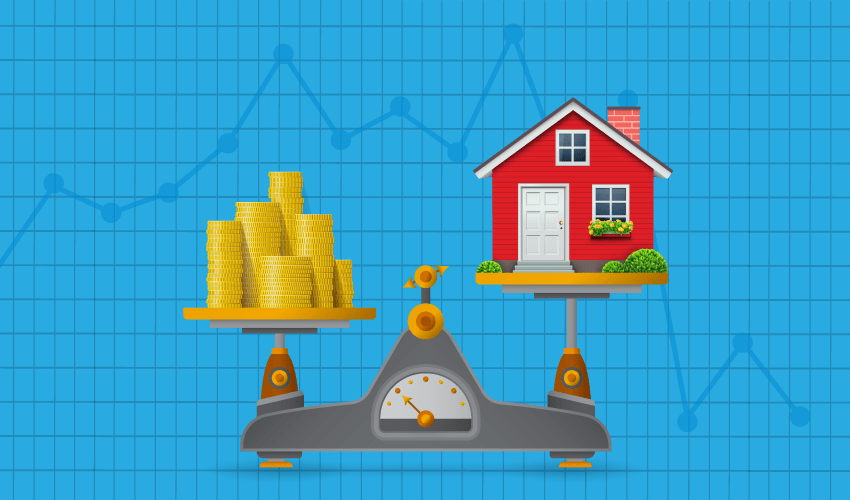The California Buyer Purchasing Power Index (BPPI) figure was +8.9 in March 2020. This positive figure tells us a homebuyer with the same income is able to borrow 8.9% more in the first quarter (Q1) of 2020 than a year ago. The BPPI figure has remained positive for the past 12 months as a result of declining year-over-year mortgage rates.
In an effort to avoid a complete economic collapse, the Federal Reserve (the Fed) dropped their benchmark interest rate to zero in March 2020. Fixed rate mortgage (FRM) interest rates also hit historic lows in March 2020. The Fed’s rate indirectly influences FRM rates. Thus, expect these rates to remain near their present low level in the coming months, causing the BPPI figure to remain positive.
Complicating our forecast, yields on short-term treasury bills were negative at the end of Q1 2020. Negative yields indicate a strong expectation from the bond market that the Fed will also go negative this year, which will translate to even lower mortgage interest rates and a huge boost to the BPPI. If that happens, expect to see home prices remain buoyed in 2020 despite lower home sales volume.
The long-term outlook for the BPPI is a decades’ long period of descent as mortgage rates rise with renewed growth in our economy. Once interest rates resume their upward march, sellers can expect downward pressure on home prices, as buyers are limited to borrowing less over the coming decades with the same income.

Chart update 04/08/20
| Mar 2020 | Feb 2020 | Mar 2019 | |
| Buyer Purchasing Power Index (BPPI) | +8.9 | +11.5 | +1.2 |
About the BPPI
The Buyer Purchasing Power Index (BPPI) is calculated using the average 30-year fixed rate mortgage (FRM) rate from Freddie Mac (Western region) and the median income in California.
A positive index number means buyers can borrow more money this year than one year earlier.
A negative index figure translates to a reduced amount of mortgage funds available.
An index of zero means there was no year-over-year change in the amount a buyer can borrow with the same income. At a BPPI of zero, homebuyers cannot purchase at higher prices than one year before unless they resort to adjustable rate mortgages (ARMs) to extend their borrowing reach or greater down payment amounts.
As long-term BPPI trend declines, the capacity of buyers to borrow purchase-assist funds is reduced. In turn, buyers needing purchase-assist financing on average can only pay a lesser price for a home. To keep the inventory of homes for sale moving at the same pace, sellers will need to lower prices to accommodate buyer purchasing power or pull their properties off the market.
—
first tuesday journal online is a real estate news source. It provides analyses and forecasts for the California real estate market, and has done so since 1978.















